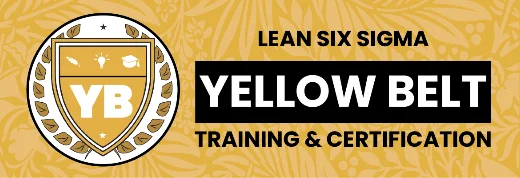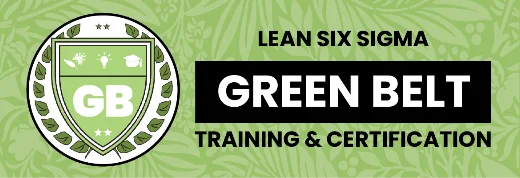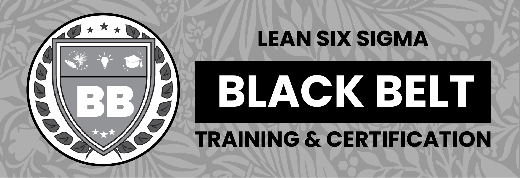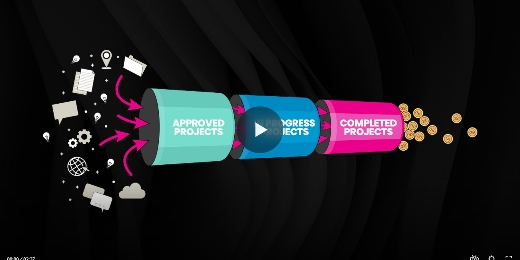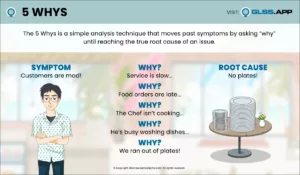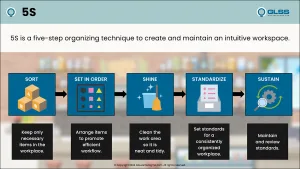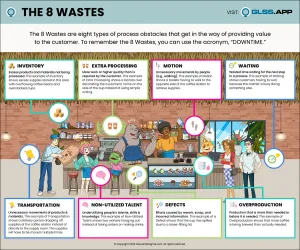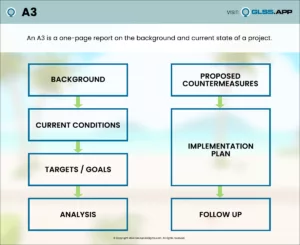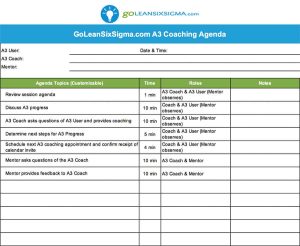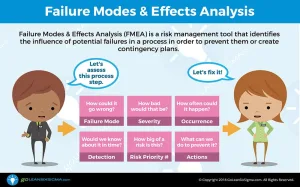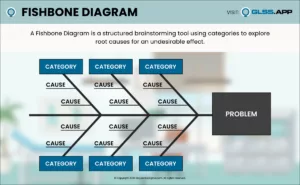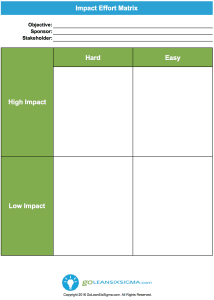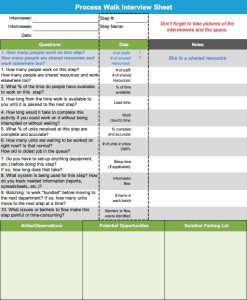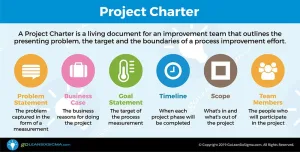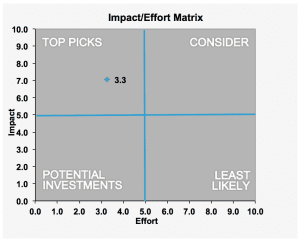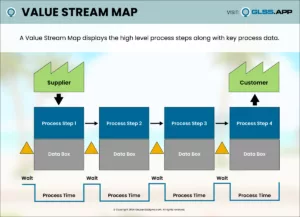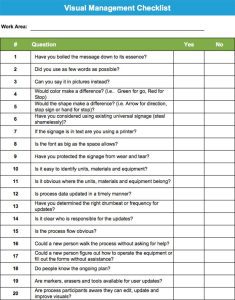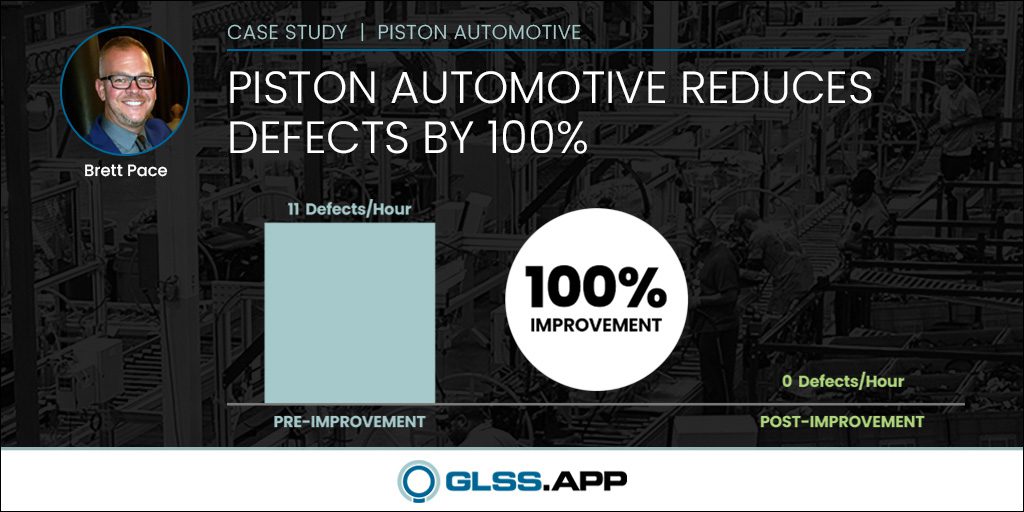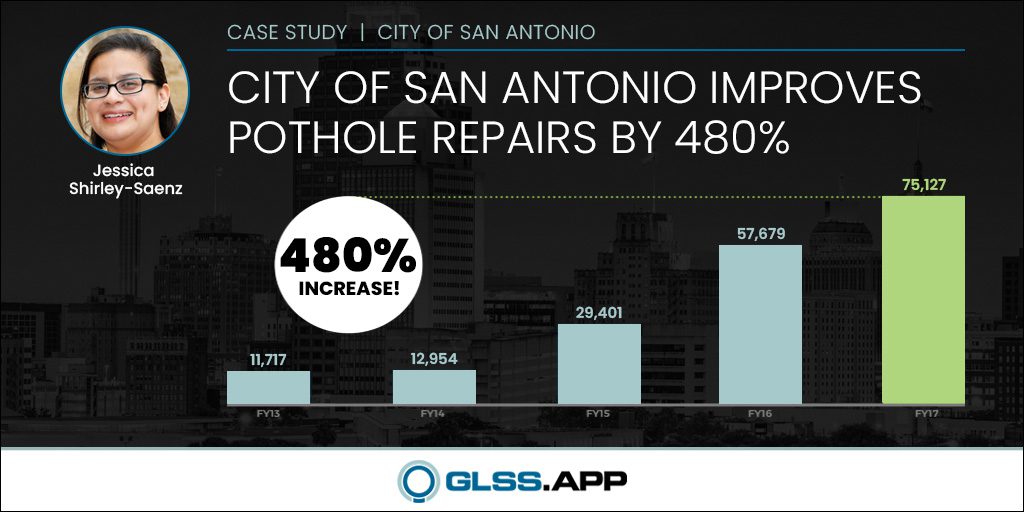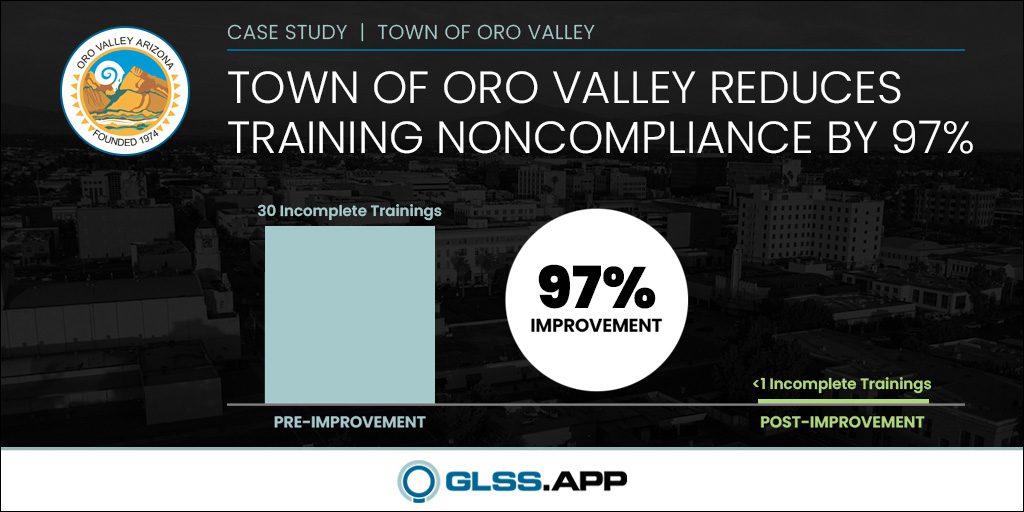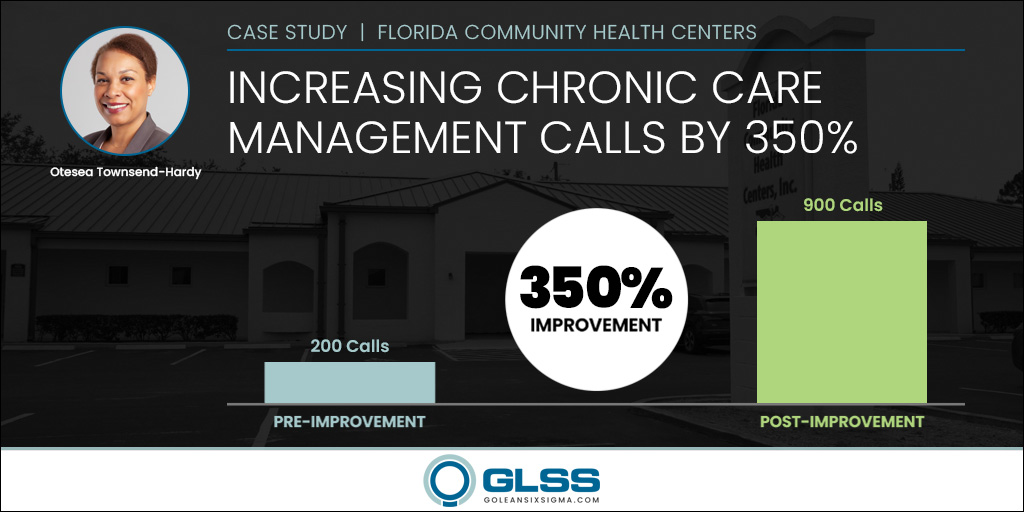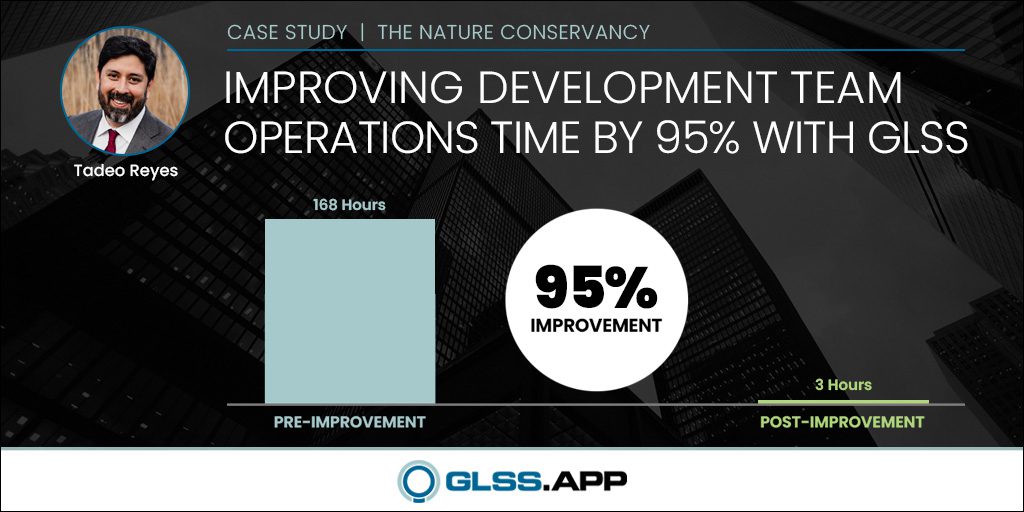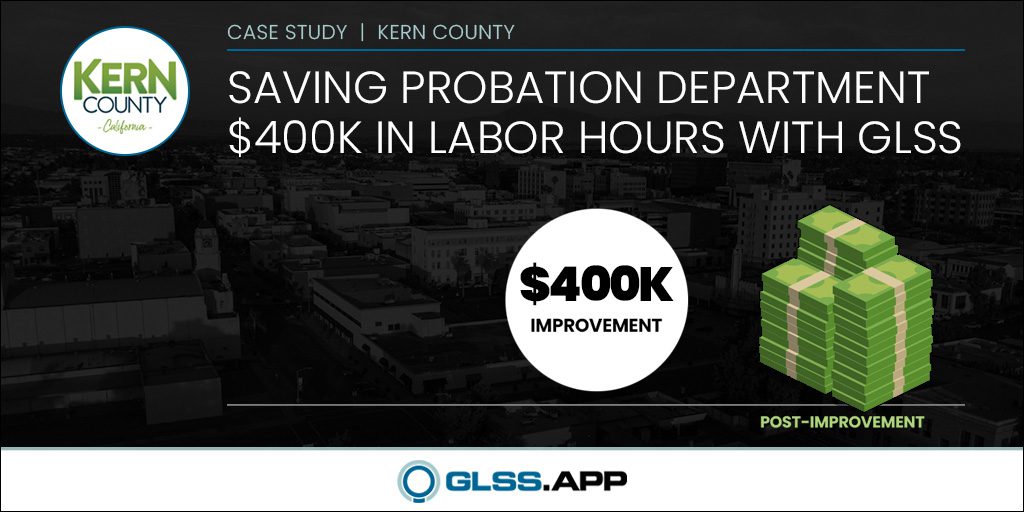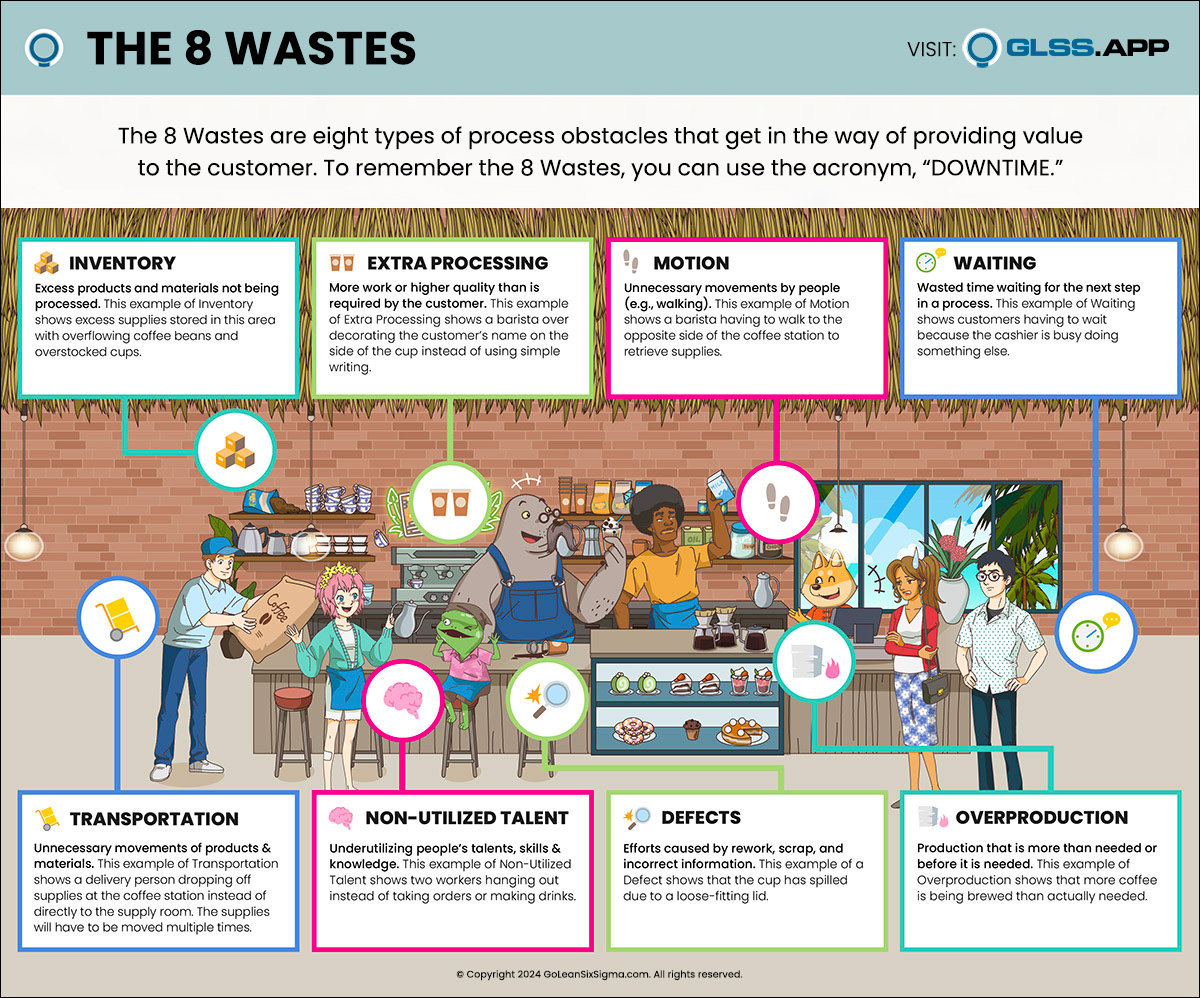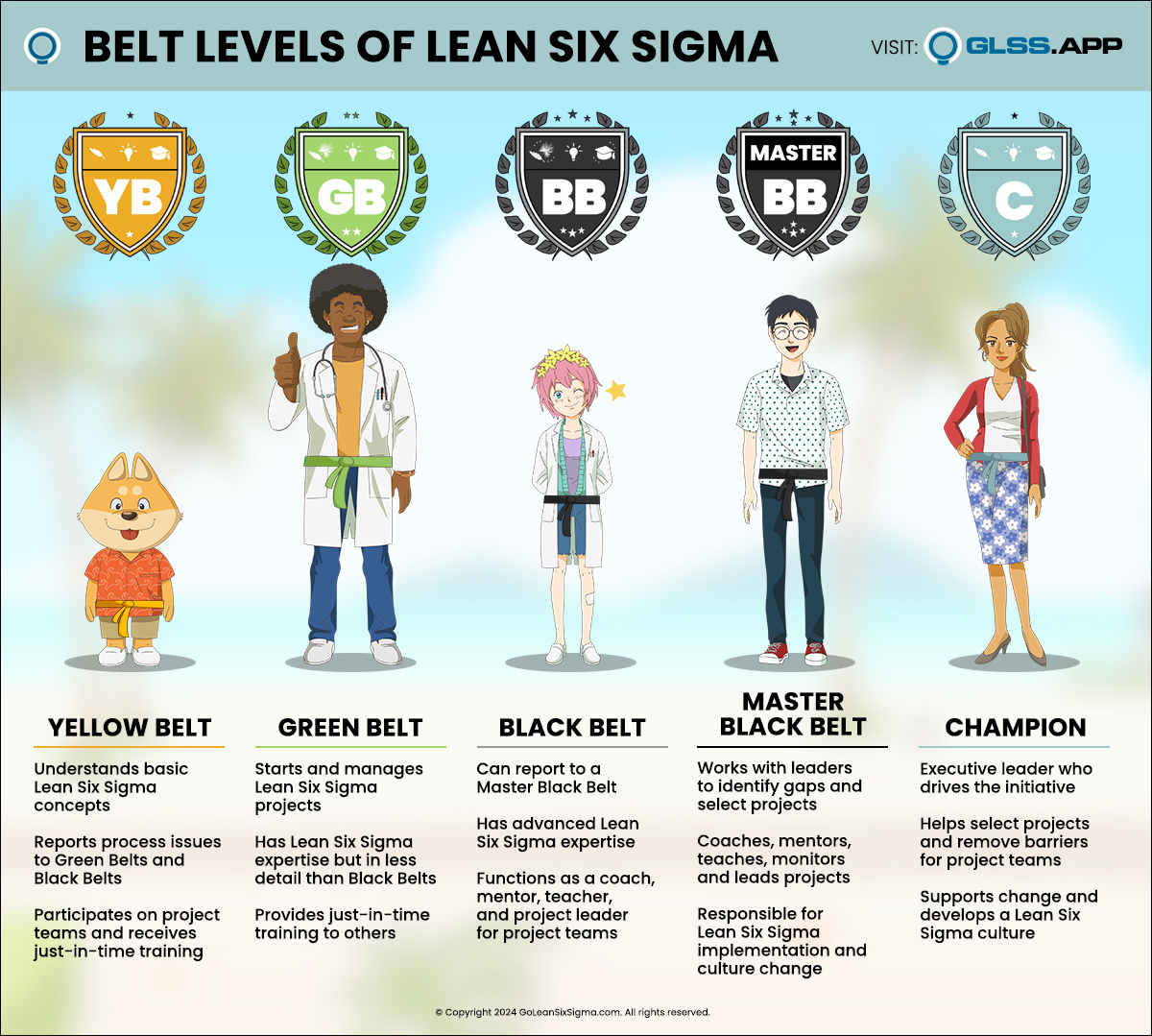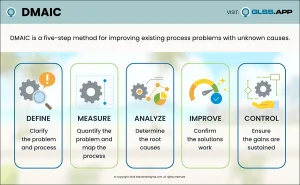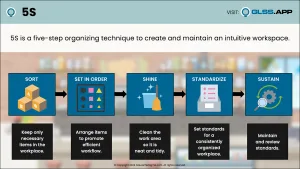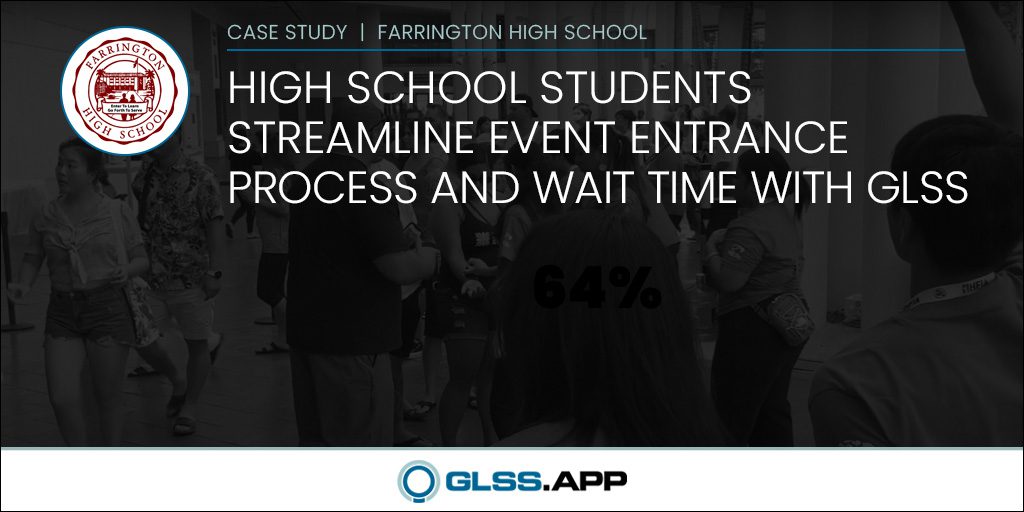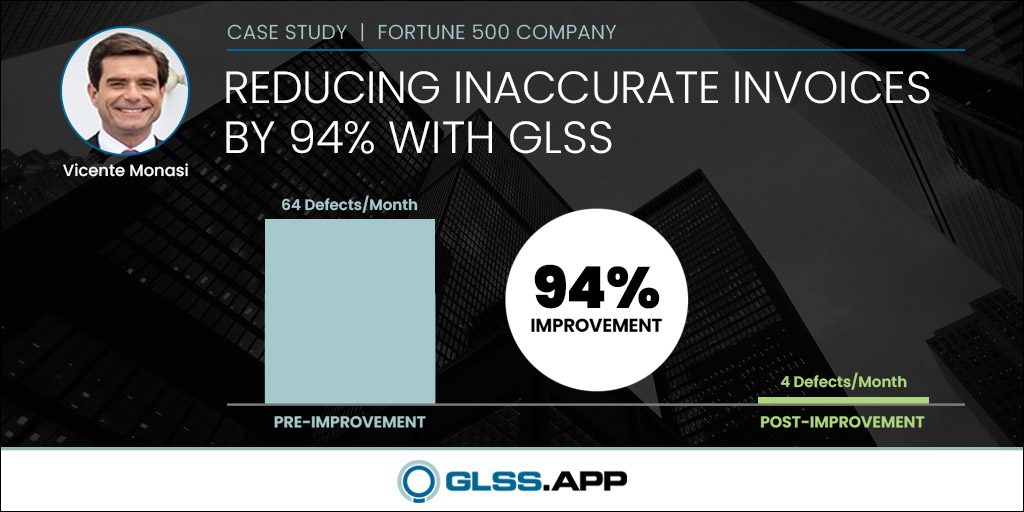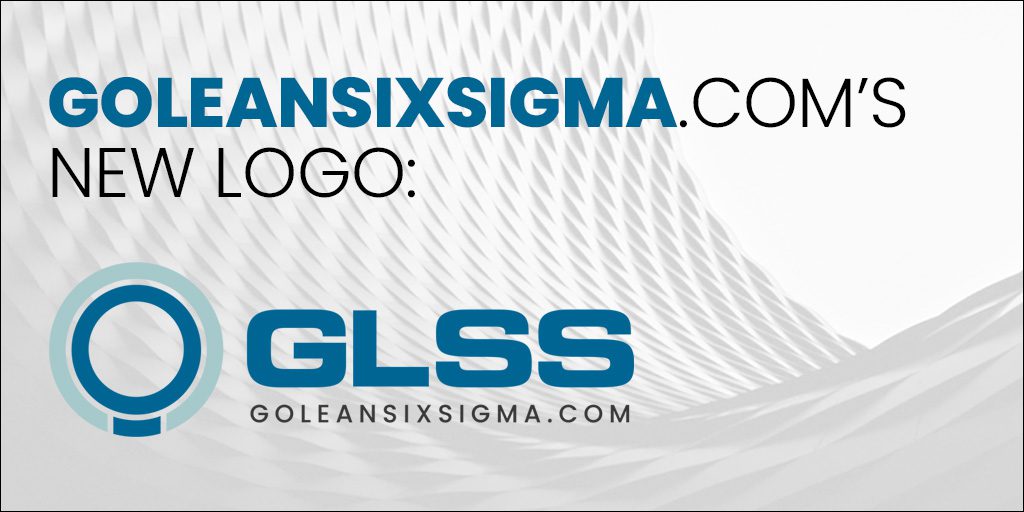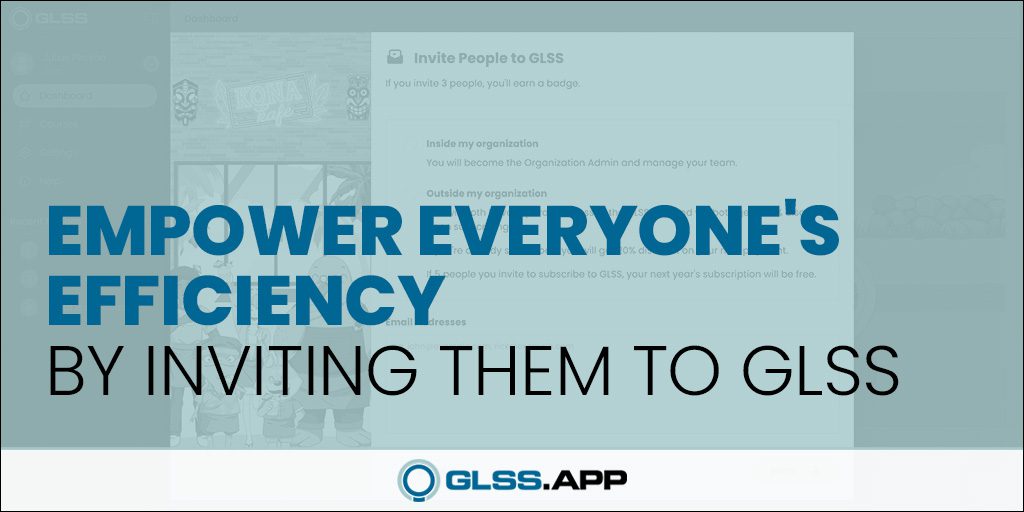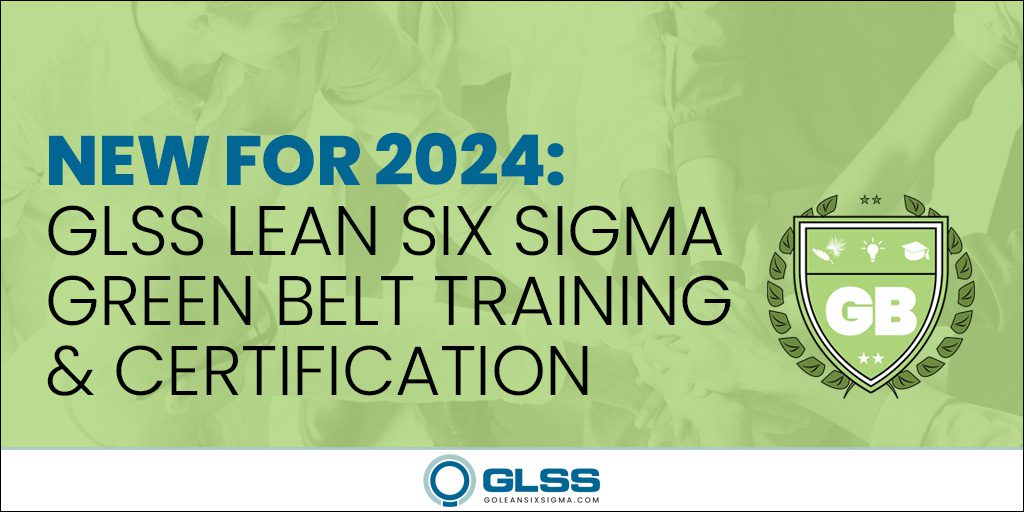

I recently read an intriguing treatise of personal and organizational philosophy called Principles by Ray Dalio, the investment guru and founder of Bridgewater Associates. It is certainly not a philosophy for everyone nor for every organization, but I always admire attempts to codify one’s thought process and views on how success is achieved.
There was one part of his framework that I found myself reflecting on after I was done reading. It had to do with how he thought about organizations. In his view there are three key parts: Goals → Machine → Outcomes. Once you set goals, you have to be able to design an organizational machine consisting of the right people doing the right things, to produce Outcomes. If your Outcomes don’t match your Goals, then there is something wrong with the Machine you designed and it has to be adjusted.
Call Center Outcomes
This got me thinking about Call Centers. All call centers have key performance measures for Shareholders, Customers and Employees. And most call center leaders probably have improvement goals for their output measures. But if you ask call center leaders to graph some of those customer, quality, and shareholder measures over an extended period of time like the last 9-18 months, I can almost guarantee you will not see continuous improvement in all those measurements. You might not even find continuous improvement in any of them. Yes, the shareholder metrics might be making progress as work is off-shored or call volume is shunted to self-service options, but the rest I can almost guarantee are treading water.
I can almost guarantee you will not see continuous improvement in all those measurements
In a Call Center, What is the “Machine”-ery?
According to Mr. Dalio, since the outcomes do not match the goals, “there must be something wrong with the “machine”-ery.” (My apologies if you are now unable to get out of your head the song “Computer Blue” from Prince’s Purple Rain movie, with the line “must be something wrong with machinery.” I’m sorry I wrote that too, because I can’t either.)
If you really wanted to deliver value for customers and improve quality, productivity and shareholder returns, Deming was unrelenting in insisting that leadership get the System right.
In terms of call centers, what does it mean for something to be wrong with the machine? Dr. W. Edwards Deming, the late godfather of quality and operations improvement, is credited with resurrecting Japanese manufacturing. The bulk of his recommendations focused on Leadership and their values and on the organizational “System” they created to deliver results. If you really wanted to deliver value for customers and improve quality, productivity and shareholder returns, Deming was unrelenting in insisting that leadership get the System right.
The pillars of Deming’s System (Deming calls it a System, Ray Dalio calls it a Machine) were:
- “Constancy of Purpose”
- “System of Profound Knowledge”
Constancy of Purpose
On his first pillar, Deming would ask: Is the call center’s purpose clear? (If there are different purposes for different channels or customer segments, are those clear?) Is it articulated top to bottom? Is there a constancy of effort towards achieving that purpose? Is there any evidence it is being achieved? If this Constancy of Purpose has not been established, then Deming thought there was no chance of achieving continuous improvement of anything.
System of Profound Knowledge
Once you have a Constancy of Purpose, whatever it is, he argued that his System of Profound Knowledge was the best way to achieve it. According to Deming, the four elements of Profound Knowledge were: Understanding Systems (i.e., Inputs–Process–Outputs, Understanding Variation, the Psychology of Change, and the Theory of Knowledge).
Deming laid responsibility for the performance of all the quality measures and other outputs at the feet of management because management designed the System (Machine) that generates those outputs. Yes, a call center’s outputs are the weighted average of each agent’s individual performance, but it is Management that decides whom to hire, how much to pay them, how much time they will spend in training, how well the agents’ systems work together, the tools and resources the agents have at their disposal, how long their breaks will be to ensure fatigue and stress do not affect performance, etc.
What the “Machine”-ery Is Not
That was Deming’s idea of the Machine. He was equally clear on what the Machine was not: it was not the workers. The people doing the work, the associates, the agents…they were not the machine. They were one tiny part of the machine and nowhere near the most important part. In fact, Deming’s recommendation to management was to leave the performance of individual workers alone and focus on making the changes that would lift the performance of all the workers in the system.
He was equally clear on what the Machine was not: it was not the workers.
Completely contrary to Deming’s exhortations, call center management does exactly the opposite. They have the agents under a microscope. Everything they say and do is monitored. Yes the agents get rewarded for good performance, but they also sometimes get threatened under the flawed and destructive mental model that by trying to improve the performance of each agent…with coaching, added motivation, etc…the overall performance of the center will improve (I have written extensively about this. (For more information, please see Call Center Coaching Remains a Labor-in Vain and Two Widely Held and Deeply Flawed Mental Models Perpetuating Call Center Mediocrity).
Deming would ask, instead of the agents, why aren’t the designers of the system being constantly monitored to see if their decisions are actually improving call center outputs? Ray Dalio would agree.
Deming would ask, instead of the agents, why aren’t the designers of the system being constantly monitored to see if their decisions are actually improving call center outputs?
We have built a Call Center Capability/Maturity model that we walk through with call center leadership teams who know their Machine is not working and are ready to look in the mirror. It is built around the same principles Dr. Deming used to revitalize this nation’s moribund manufacturing sector. The model places the emphasis on evaluating the system designed by management that produces, good or bad, the outputs of the call center.
It would be impossible to go through the details of the model here. The full capability/maturity model has 18 dimensions as well as standards for Good-Better-Best that have been tested and verified in call centers. Here are a few themes, followed by parenthetical links back to Deming’s framework.
Some Examples of How to Evaluate the Effectiveness of Your Machine
- Accountable Leadership: Once constancy of purpose has been defined, does leadership have the willingness to define the metrics that indicate progress on that purpose, display those metrics on longitudinal charts (preferably control charts), and publicly state whether they are getting better, getting worse or treading water? (Constancy of Purpose, Understanding of Variation, Theory of Change)
- Causality at the System Level: Since Y = f(X) (i.e., Y is a function of X), once the Big Y output metrics have been defined and plotted, what is the management team’s theory of the Xs that drive those Ys? Is it written down? Is it testable? If you are able to drive systematic improvements in X’s, do you see any change in the key employee, customer, and shareholder Ys? If not, does your “theory of the system” need updating? (Understanding Systems, Theory of Knowledge)
- Agent Management: Since you think agents are so critical to your success that you are constantly monitoring them, timing their bathroom breaks, and making sure they are exactly where they are supposed to be at every moment, how much effort actually goes into ensuring you are hiring the best possible agents? To be specific,do you know what the correlation is between performance in your screening process and performance on the job? If you don’t know that is proof that the selection system you are using to hire the agents that you seem to think are the main driver of your metrics is probably not much better than flipping a coin.. How much effort goes into creating an environment such that the best agents actually want to stay on the phones? Is there any effort to look for real statistical differences in agent performance vs. the typical (and destructive) top/bottom 20% view that every single system produces? (Understanding Input-Process-Output Systems, Psychology of Change)
- Process…Designing Quality In: Have the Required Call Components (RCCs) been defined…by call type? Do the agents know, by call type, exactly what they are supposed to do in their system and say to customers? Do you just hope the agents do what they are supposed to or have you done any error-proofing to bake quality into the process thus ensuring that at least some or even all of the RCCs are done exactly right on every call? (Understanding Systems, Psychology of Change)
There are many more dimensions, but I hope this gives you a flavor for why Deming was so focused on the System/Machine and its design and so much less concerned with the individual agents in that system. Making significant improvements on these four dimensions alone would do more to quickly improve the center-wide output measures than the entire coaching and monitoring program will ever achieve.
Making significant improvements on these four dimensions alone would do more to quickly improve the center-wide output measures than the entire coaching and monitoring program will ever achieve.
Doubts about how well this will work? This focus on the System thinking is exactly what helped Japanese manufacturing rise from the rubble of WWII into a global juggernaut. Once the US woke up after getting its lunch eaten by the Japanese in the 70s and 80s, these exact same principles also rebuilt American manufacturing. The Japanese took Deming’s principles even further and codified them into the Toyota Production System that was described by James Womack and his co-authors as The Machine That Changed the World.
Deming’s framework can easily do the same for Call Centers. Any leader who is tired of seeing his/her barely mediocre output measures continue to tread water would be wise to go through this assessment. Alternatively, he/she could get copies of Deming’s seminal description of his philosophy, appropriately titled Out of the Crisis, and hand them out to the management team. But if at some point, you don’t shift your focus from the agents to the Machine/System, you don’t stand a chance of seeing real, sustained improvements.

